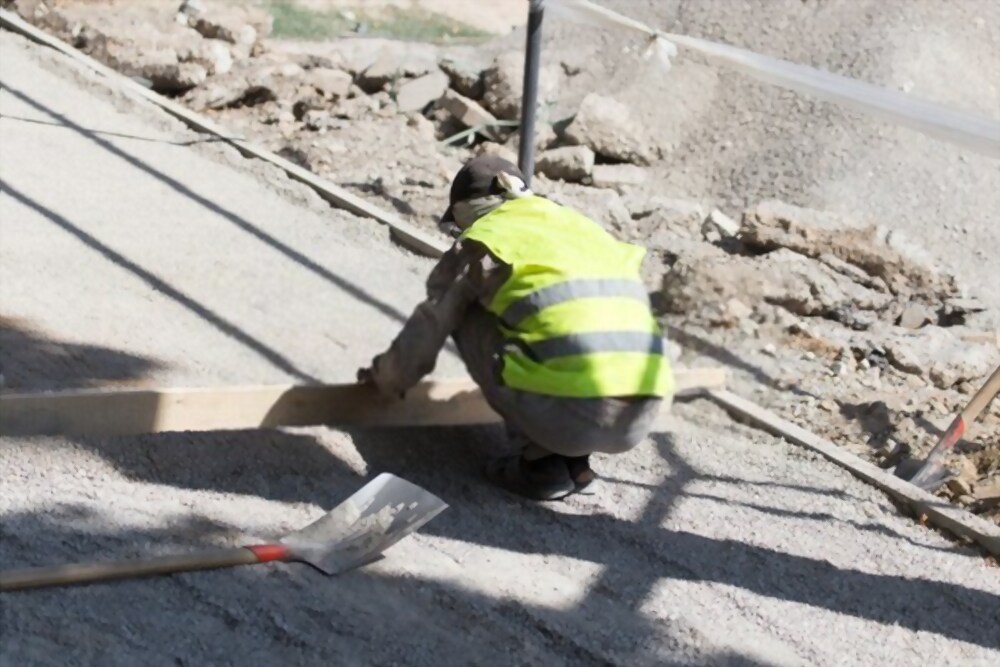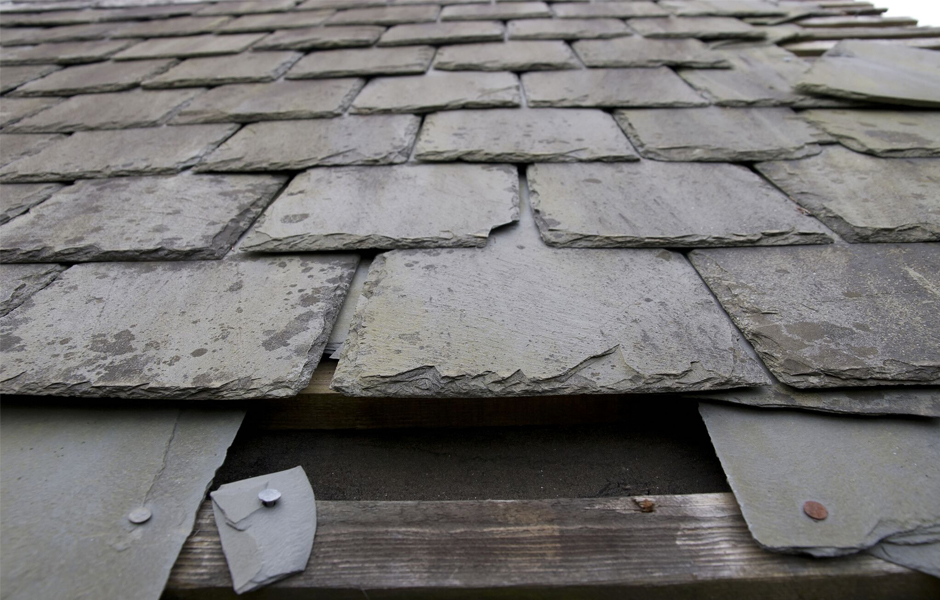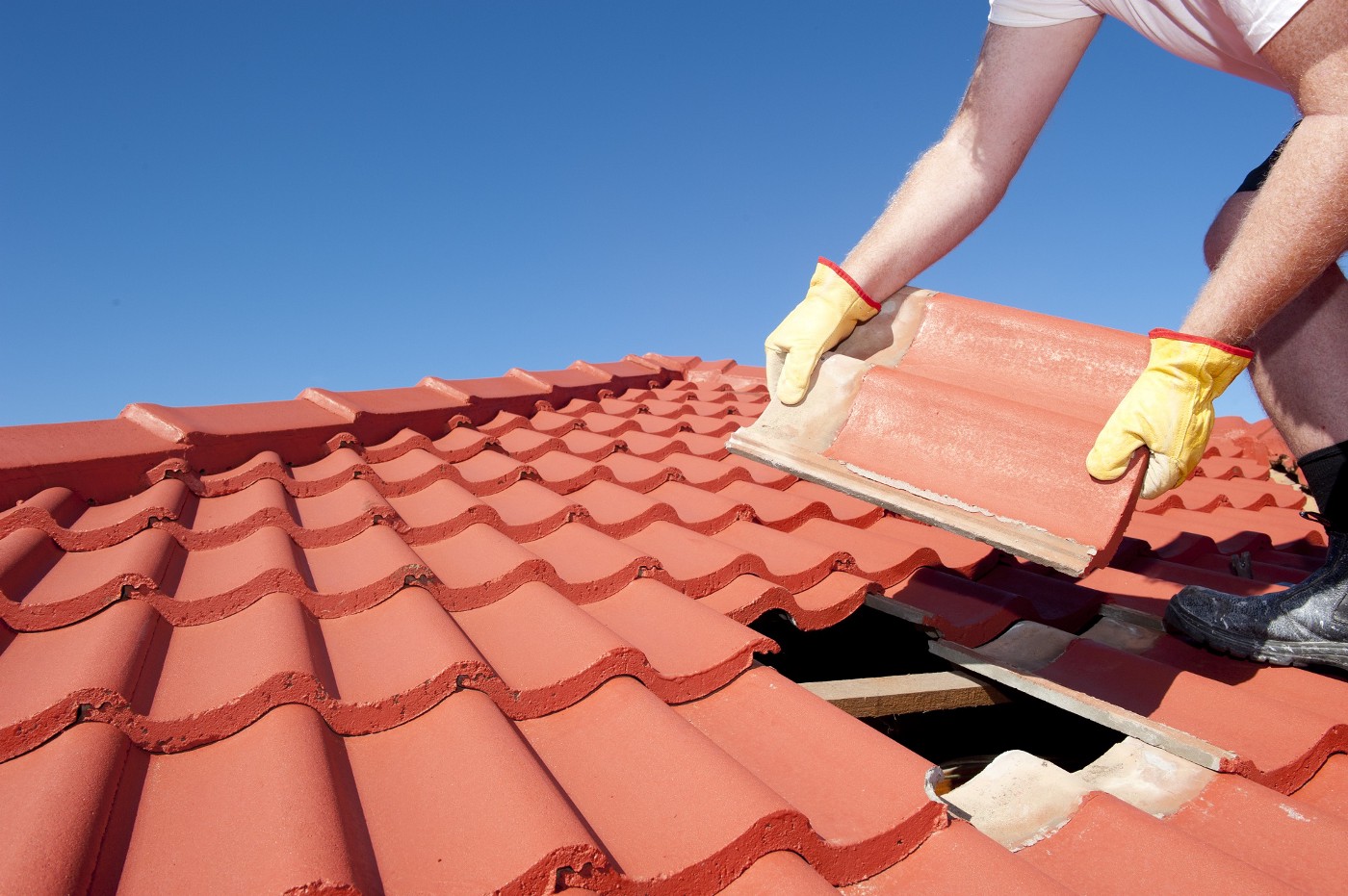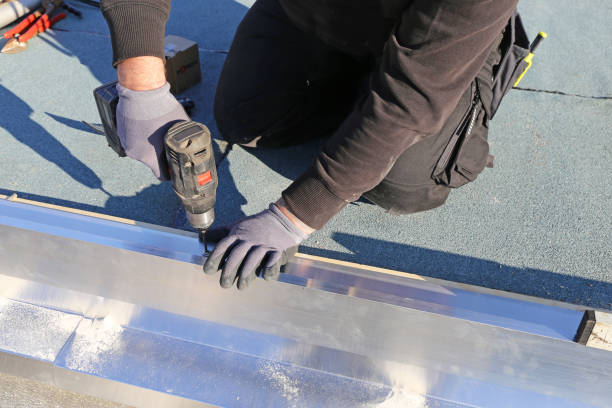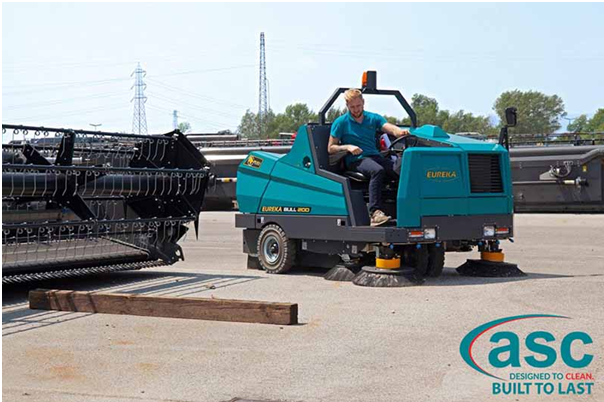High Friction Surface Treatment (HFS), also known as anti-skid surfacing, where the roads' thickness is increased to nearly 5mm for improving the skid resistance level. The high friction surfacing is a popular practice used by the municipalities on the hazardous bends, roundabouts, narrow gradients, and even pedestrian crossings.
HFS is not a modern technique, and seriously nothing can beat this road treatment option's advantages. Believe it or not, HFS was introduced nearly 70-75 years ago, and still, it is used by almost every continent.
Today, in this article, we’ll discuss the history, key features, and some quick advantages of HFS.
History Of High Friction Surfacing Treatment
In the 1950s, High Friction Surface Treatment was first used in the USA where epoxy resin binders were used. In 1967, the Greater London Council started the trials of anti-skid surfacing, and the study was concluded after 11-12 months. According to the Greater London Council reports, there was a significant reduction of skid related accidents by 50-55%, and the roads had fewer potholes. Thus making the roads last longer and more durable.
After that, countless studies were conducted for HFS; every country got the solution of reducing the casualties in the hazardous area. HFS has a dynamic history where many next level accidents were avoided within minutes.
Which Are The Different Types Of High Friction Surfacing Treatment?
High Friction Surface Treatment option has two different types- a cold-applied HFS system and hot-applied HFS system. Let’s deeply know the features of the types of high friction surfacing. Both the hot applied and cold applied systems are similar, but there are some differences in the characteristics.
Cold applied system is similar to the dressings which are applied on the roads. For using cold applied HFS system, a mixture of the tough polymeric liquid binder is prepared and applied on the dry roads. On the other hand, in the hot applied HFS system, the mixture is created by combining both calcined bauxite and binder in the equal ratio.
The only difference between the applications is calcined bauxite is used after applying the mixture in the cold applied HFS system. On the contrary, calcined bauxite is combined with the pre-mixture in the hot applied HFS system.
Coming to the use of High friction surfaces, then they are primarily used for restoring or increasing the skid resistance of the pavement surfaces. It can also be used for lane delineation, traffic calming, and eve for decorative purposes. Here are some of the popular uses of High Friction surface:
- Steep grades
- Bus stop areas
- Bridge decks
- Ramps
- Pedestrians path
- Pavement Surfaces Susceptible to Icing
What Makes High Friction Surface work?
This treatment option's skid resistance level is decided by how much calcined bauxite is used in the entire process. Calcined bauxite is blessed with the anti-abrasion properties, which develops significant resistance when the vehicle’s tyres touch the ground. Calcined bauxite develops multiple micro-texture that reduces contact points on the road significantly.
High Friction Surface Treatment ensures the vehicles’ tires don’t create high contact pressure points that reduce the resistance level. Nevertheless, how this treatment option will perform depends on the ingredients used during the entire treatment procedure.
Surprisingly, this road treatment option can reduce the risk of accidents, but not 100%. Thus, drivers should also decrease the speed near the steep gradients, narrow bends, and hazardous parking areas.
Wrapping it up !!!
High Friction Surface (HFS) Treatment is an advantageous practice that offers next-level resistance on any surface type. They have proven to be useful to lower the crashes and over speeding vehicles. According to various studies, if the HFS systems are appropriately maintained; they can maintain the best possible resistance level for more than ten years.

 Daisy
Daisy